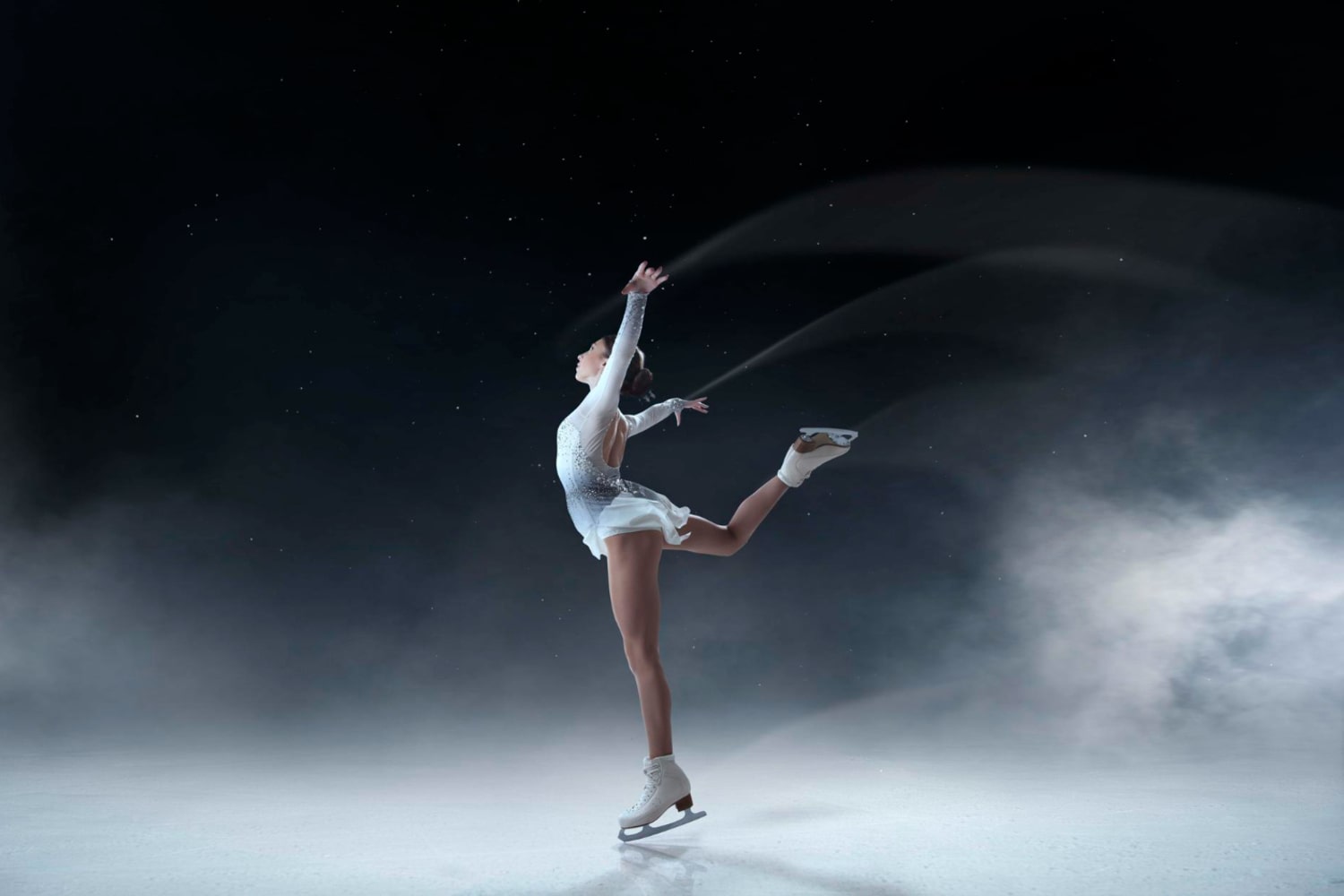Figure skating is one of the most graceful and captivating winter sports, combining strength, elegance, music, and emotion. This sport enchants millions of viewers around the world, as each performance on the ice is a miniature theatrical piece where every detail matters. Behind the refined jumps and spins lies years of hard work, technical precision, and physical endurance. The history of figure skating is rich with events, records, and surprising stories that many people have never heard of. Below are fascinating and educational facts that reveal new dimensions of this exceptional sport.
- Figure skating is the oldest sport in the history of the Winter Olympic Games and made its debut in 1908 during the Summer Olympics in London. It became part of the official winter Olympic program in 1924 at the first Winter Games in Chamonix.
- The earliest skates were not made of metal but of animal bones. They were strapped to shoes with leather ties and used for gliding across ice several thousand years ago in Scandinavia.
- Modern figure skates have special jagged teeth at the front of the blade called toe picks. They are used for jumps, but beginners often trip over them during regular skating.
- Jumps in figure skating have specific names and distinct techniques. The most difficult include the axel, lutz, and flip, with each additional rotation significantly increasing the complexity.
- The first woman to land a triple axel in competition was Midori Ito of Japan in 1988. This jump remains one of the rarest and most technically demanding elements in women’s skating.
- The highest score in figure skating history was achieved by Yuzuru Hanyu from Japan, who set records in both the short and free programs. His performances are considered masterpieces of technical excellence and artistic expression.
- In pair skating, partners must not only move in perfect synchrony but also perform risky elements such as lifts, throws, and twists. The most dramatic throws can reach heights of over three meters and require perfect coordination and trust.
- Figure skating is one of the few sports where both technical and artistic aspects are evaluated. Judges assess not only the accuracy of the elements but also musical interpretation, choreography, and emotional impact.
- Music plays a critical role in figure skating, and skaters choose it carefully to match their style. There are rules regarding program length and restrictions on the use of vocals.
- In 2004, the judging system in figure skating was significantly reformed. The International Skating Union introduced a point-based system that assigns scores for each element, making evaluations more objective and transparent.
- Skating costumes must be both aesthetic and functional. They must allow full range of movement, be safe during spins, and not conceal the body’s form, so judges can properly assess technique.
- The ice used for figure skating competitions must meet strict requirements for temperature, thickness, and quality. It is regularly resurfaced using special machines to ensure optimal conditions.
- Some competitors begin as early as age five or six and already perform difficult elements. Many champions started training at the age of three or four, highlighting the importance of early development.
- Figure skating includes various disciplines such as singles, pairs, ice dance, and team events. Each has its own rules, focuses, and skill requirements.
- Some skaters transition into show business after retiring from competitive careers. They perform in ice shows, appear in films, and participate in television programs, maintaining popularity among fans.
- Training for figure skaters includes not only skating but also ballet, acrobatics, choreography, and strength conditioning. This helps athletes develop flexibility, stamina, and expressive performance skills.
- Winning an Olympic medal in figure skating is especially prestigious since the Games occur only once every four years. Olympic victory is considered the pinnacle of a skater’s career.
- Famous ice dance pairs like Torvill and Dean or Virtue and Moir gained international fame for their unique style and iconic programs. Their performances are remembered as works of art in the sport’s history.
- Countries such as Russia, Japan, Canada, and the United States have strong figure skating traditions and training schools. These nations often dominate international podiums.
- Dramatic stories in figure skating are not uncommon and can be as compelling as films. One example is the controversy involving Tonya Harding, which inspired a movie that was nominated for an Academy Award.
- Figure skating is one of the most injury-prone sports due to jumps and spins. Common injuries include damage to knees, ankles, the spine, and ligaments.
- Despite the risks, the sport continues to evolve with new elements, combinations, and styles. Skaters experiment with music, themes, and technique, making each season fresh and exciting.
These incredible facts about figure skating show how complex and multifaceted this sport truly is. Behind the effortless elegance lies intense effort, technical mastery, and artistic passion. It is a sport where aesthetics and power, tradition and innovation merge in perfect harmony. We hope these interesting facts gave you a new and deeper appreciation for the world of figure skating.





